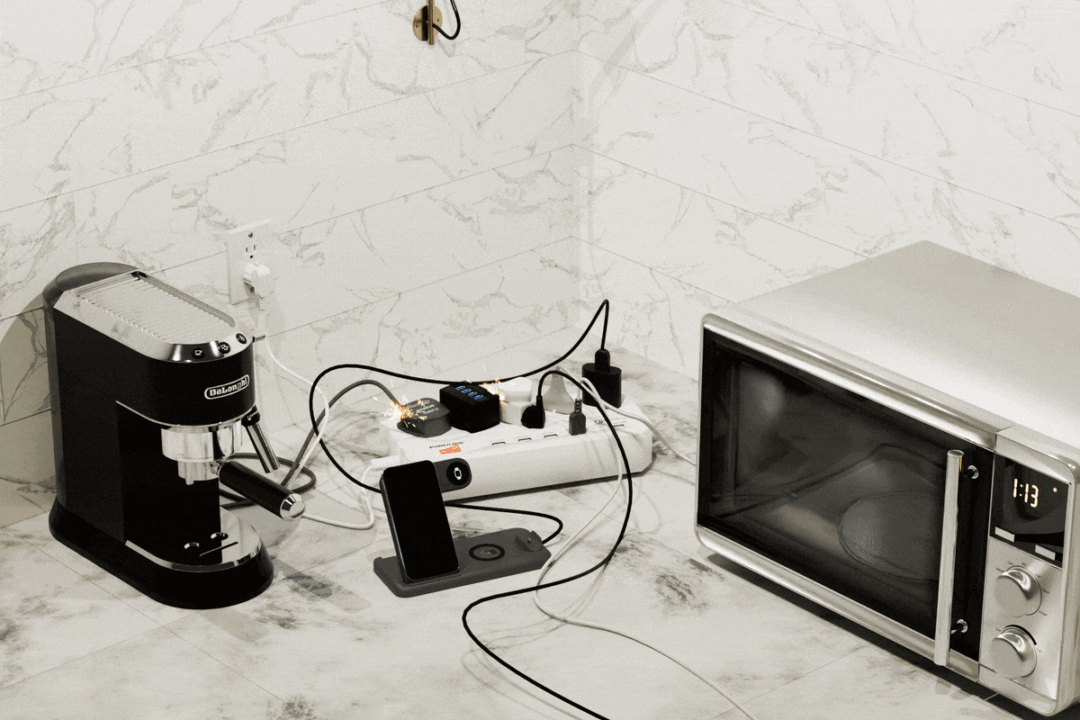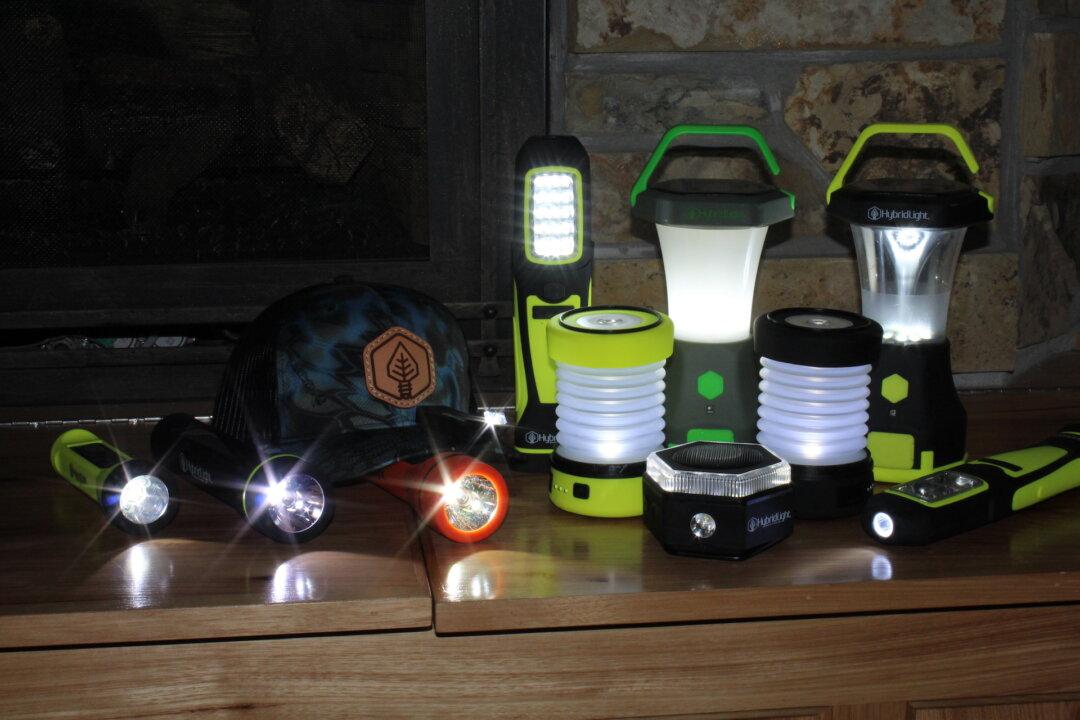What we now call stamps were invented by Henry Bishop, London’s postmaster general, in 1661. Originally, a handstamp was used to indicate the postage had been paid to send a parcel or letter, coining the term “stamp.” In 1840, Sir Rowland Hill invented the first adhesive stamp, the forerunner of today’s postage stamps.
We use them to send postcards and pay utility bills, but for the most part, as more goods and services are paid for via online methods, postage stamps seem to be from a bygone era.






